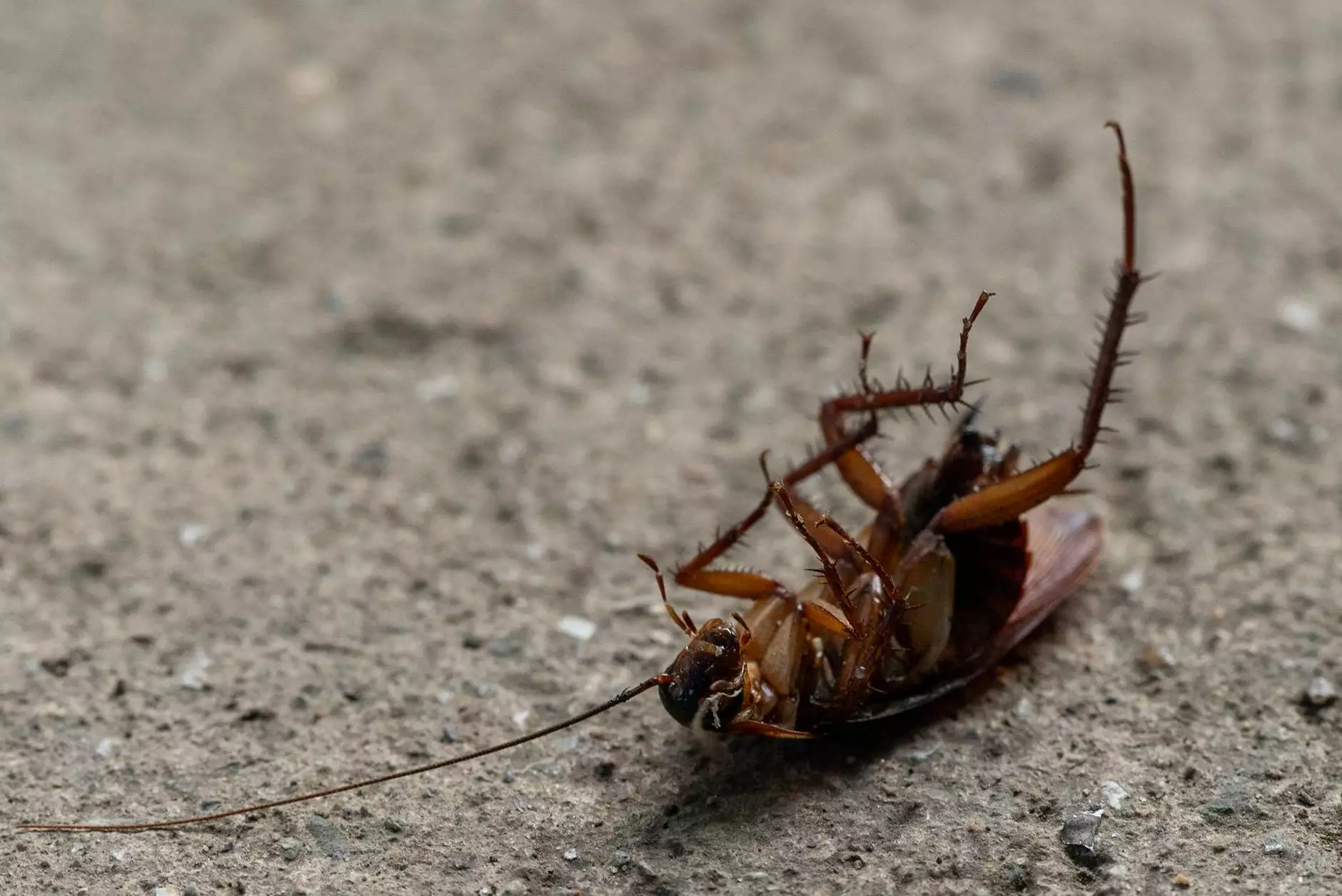Mastering Maize Weevil Control: Essential Strategies for Farmers

The maize weevil (Sitophilus zeamais) is a notorious pest that can severely impact maize production. As a farmer, understanding and implementing effective maize weevil control measures is crucial to protect your yield and, consequently, your investment in farming equipment. This guide will provide you with comprehensive knowledge and actionable strategies to combat these pests efficiently.
Understanding Maize Weevils
The maize weevil is a small, dark brown insect that primarily infests stored maize grains. Their life cycle is quick, allowing them to reproduce rapidly and cause significant damage. The adults are known for their long snouts, which they use to bore into maize kernels, where they lay their eggs. Once hatched, the larvae consume the grain from the inside out, leading to losses in quantity and quality.
The Life Cycle of Maize Weevils
Understanding the life cycle of maize weevils is essential for effective control. Here are the stages:
- Egg Stage: Female weevils lay eggs inside whole grains, where they hatch after several days.
- Larval Stage: The larvae feed on the grain for about three weeks before pupating.
- Pupal Stage: The pupal stage lasts for a week, and then adult weevils emerge.
- Adult Stage: Adults can live for several months and continue the cycle by infesting more grains.
Signs of Infestation
Recognizing the signs of maize weevil infestation early can help mitigate damage:
- Presence of Adult Weevils: Spotting adult weevils crawling on or around your maize is a clear indication of an infestation.
- Holes in Grains: Look for small holes in the grains where weevils have entered or exited.
- Grain Debris: Fine powder-like debris (frass) near the grain or storage areas indicates larvae feeding and damage.
- Unpleasant Odor: Infested maize can emit a musty or sour odor due to mold growth facilitated by the weevils.
Effective Maize Weevil Control Strategies
Preventing and controlling maize weevil infestations involve several integrated pest management (IPM) strategies. Here are the most effective methods:
1. Pre-Harvest Practices
One of the most significant steps in controlling maize weevils begins before harvest:
- Field Sanitation: Clean your fields of any leftover maize debris, which can harbor pests.
- Crop Rotation: Practice crop rotation to disrupt the life cycle of maize weevils.
- Timing of Harvest: Harvest maize at the right time to minimize moisture content, as dry grain is less attractive to pests.
2. Post-Harvest Management
Post-harvest management is crucial for effective maize weevil control:
- Storage Conditions: Store maize in a cool, dry environment. Higher temperatures and humidity levels can promote weevil infestations.
- Use of Airtight Containers: Store grains in airtight bins or containers to limit weevil access to the maize.
- Regular Inspection: Conduct regular checks of stored maize to catch infestations early.
3. Chemical Control Methods
Although preventive measures are essential, sometimes chemical control becomes necessary:
- Insecticides: Use approved insecticides specifically labeled for maize weevil control. Follow all safety guidelines and application methods.
- Fumigation: For severe infestations, consider fumigation techniques performed by professionals to eliminate the pests effectively.
4. Biological Control Options
Biological control methods can be environmentally friendly alternatives:
- Natural Predators: Introduce natural predators of maize weevil larvae, such as certain parasitic wasps or predatory insects.
- Bio-Pesticides: Use bio-pesticides derived from natural organisms that target maize weevil without harming beneficial insects.
Importance of Timely Action
Taking timely action against maize weevil infestations is crucial. Delay can lead to:
- Severe Crop Losses: Infestations can result in significant losses to your maize yield.
- Financial Impacts: More losses mean more financial strain, affecting your ability to reinvest in farming equipment.
- Quality Degradation: Infested grains are often unfit for sale or consumption, affecting marketability.
Investing in Quality Farming Equipment for Pest Management
At TSGC Inc., we understand the importance of efficient farming equipment repair and maintenance in keeping your operations smooth. Well-maintained equipment can help in various pest management strategies:
- Harvesting: Use reliable harvesting equipment to minimize grain damage and maximize quality.
- Storage Solutions: Invest in high-quality storage bins that prevent infestations.
- Application Equipment: Use efficient application equipment for pesticide application, targeting pests effectively.
Conclusion
Preventing and controlling maize weevil infestations is a critical aspect of maintaining healthy maize crops and ensuring the longevity of your investment in farming operations. By implementing integrated pest management strategies, recognizing the signs of infestations early, and maintaining high-quality farming equipment, you can effectively manage maize weevil control and maximize your yield.
For more information on how TSGC Inc. can assist you with farming equipment repair and effective pest management solutions, visit our website at tsgcinc.com.









